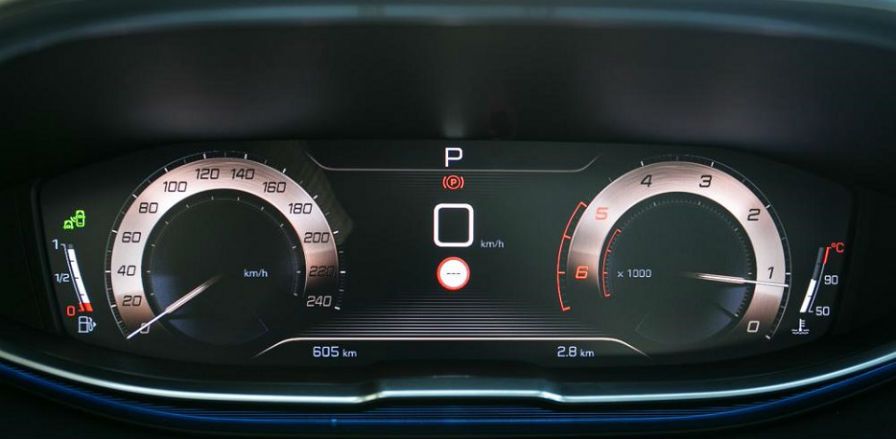Instrument Cluster
Cars are equipped with more and more advanced driver assistance systems (ADAS), like the Adaptive Cruise Control or the Lane Keeping Assist, and become increasingly autonomous. But as long as cars aren't 100% autonomous, drivers will always have to keep control of the situation and monitor vehicle information. To manage all these options, the driver will need feedback. The dashboard is now capable of displaying a lot of information and has multiple pages that the driver can scroll through.
I was the HMI designer in charge of this module for the 2020 vehicles.
*The images above are examples of similar systems and are not representative of the instrument cluster I worked on.
What follows is an example of my work on the instrument cluster module.
request
After multiple focus groups, it appeared that the current instrument cluster didn't quite fit the user needs. My task was to design a new concept.
constraints
I had to work with a number of constraints:
- The main constraint was that there were three types of information to display: regulatory, consumer, and other. Each category had a number of rules that had to be observed.
- The deadlines between milestones were tight.
- There were a lot of other constraints to take into account. Working with a multidisciplinary team was imperative to make sure that the general direction was correct.
methods & results
I started by conducting multiple workshops. Initially, the objective was to collect as many ideas as possible, then to converge toward two hypotheses. After several iterations, meetings and user tests, one hypothesis was retained.
Then I started to work with the graphic designers. There was a number of iterations with user tests to improve the concept. Simultaneously I worked on global specifications for the concept.





